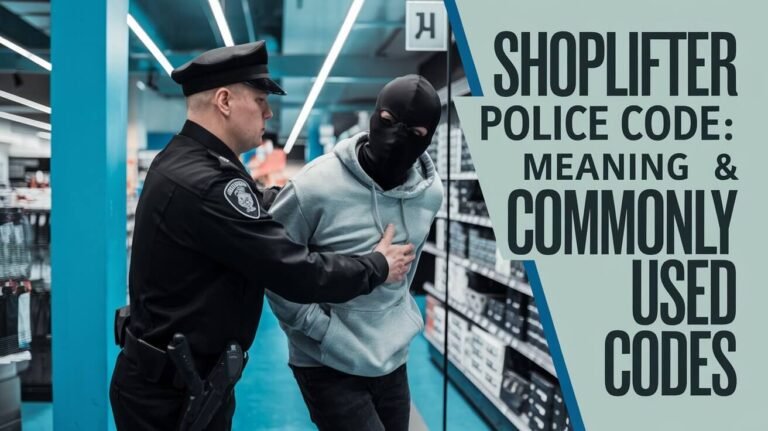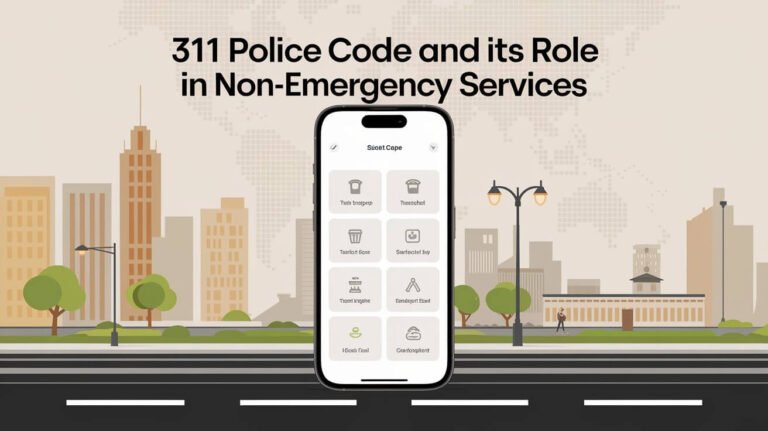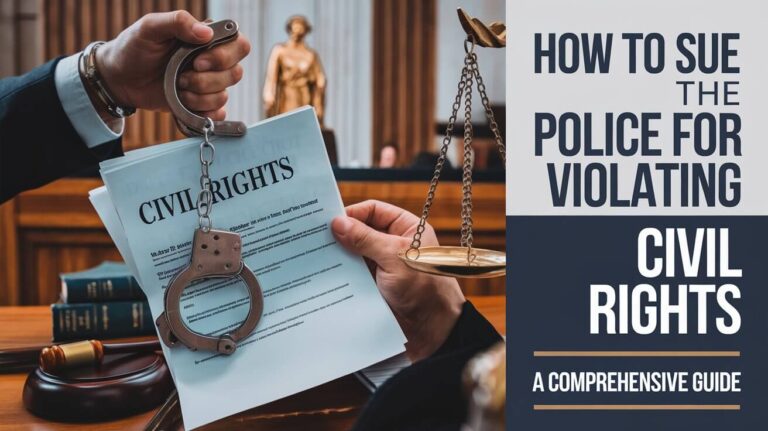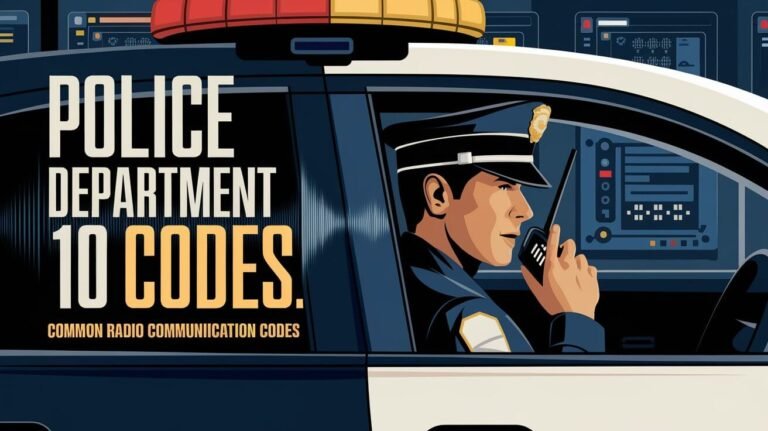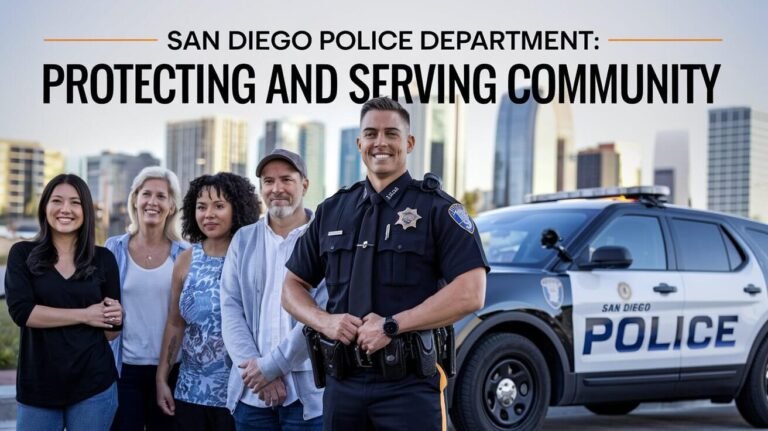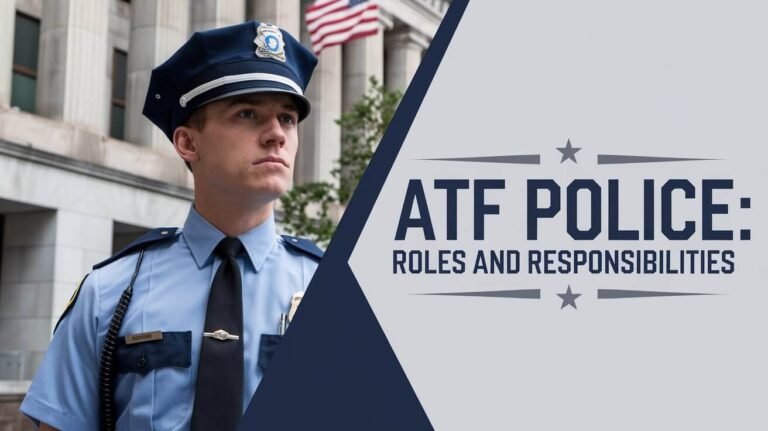How Do Police Know Each Other Location?
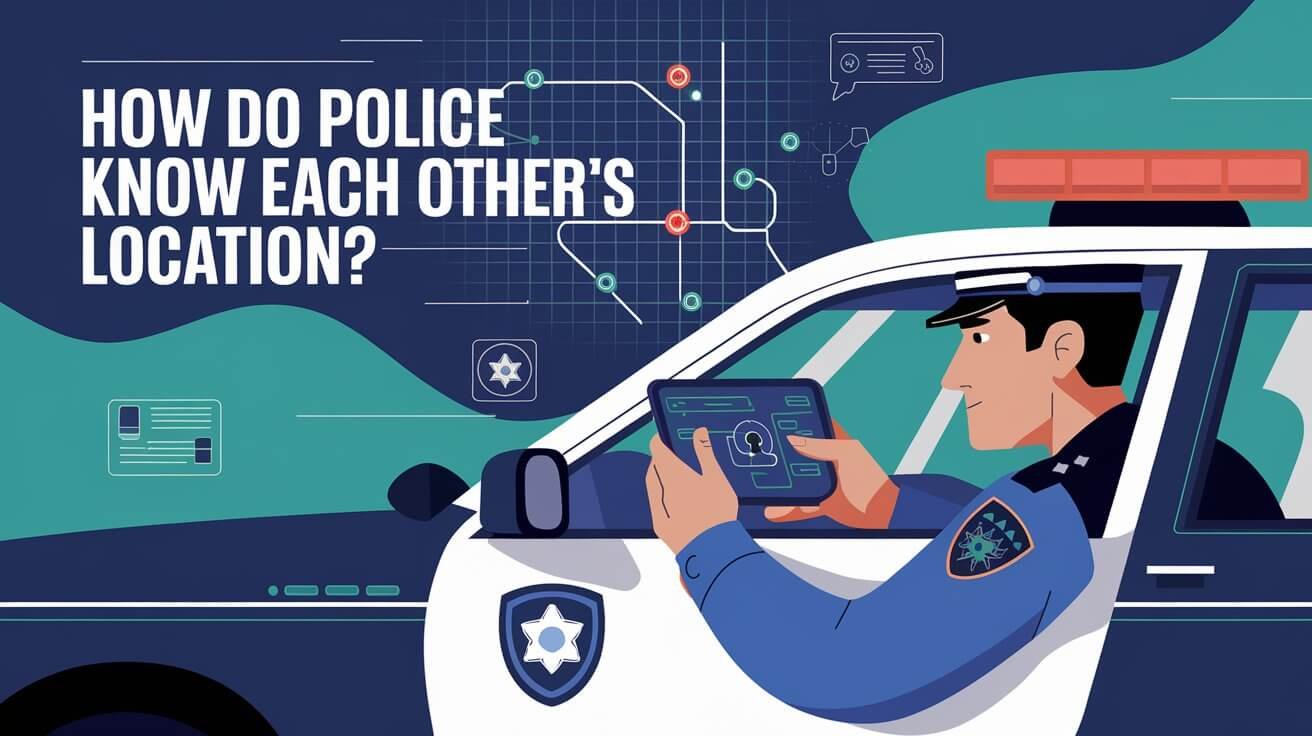
In today’s fast-changing world, police need to track and talk to each other’s locations more than ever. From old signal lights to today’s GPS, how police stay in touch has changed a lot. This change has made their work better and safer.
Police agencies are working hard to get better at responding to emergencies. They use new tech like mobile data terminals and computer-aided dispatch systems. These tools help officers work together better in tough situations.
We’ll look at how police tracking has evolved, including GPS and vehicle systems. We’ll also talk about computer-aided dispatch and mobile communication. This will show how technology helps police do their job better and keep communities safe.
Evolution of Police Location Tracking
The history of police communication has changed a lot. It started with simple signal lights and hand bells. Now, we have advanced radio systems and mobile data terminals. This change has helped police track and coordinate better, making them more effective in keeping us safe.
From Signal Lights to Radio Communication
Back in the late 1800s, police used signal lights at intersections to talk to each other. In 1870, Chicago introduced “Call Booths” with telegraphs, a big step forward. The Detroit Police Department made the first voice communication system in 1928, starting a new chapter in police communication history.
Development of Two-Way Radio Systems
In 1933, California installed the first two-way radio system in Bayonne, New Jersey. This allowed officers to send and receive messages, making them more coordinated. The Connecticut State Police set up the first statewide radio system in 1940, adding to the police communication history.
Introduction of Mobile Data Terminals
In the 1980s, mobile data terminals were introduced. These let officers access and send information from their cars. This technology changed how police gather and share information, helping them respond faster and work together better.
Modern GPS and Vehicle Location Systems
GPS tracking and vehicle location systems are essential in modern law enforcement. They make police work more efficient and quick. Dispatchers can now find officers and first responders fast, helping them respond to emergencies better.
GPS helps track officers in real-time. Dispatchers use digital maps to find the closest officer to an emergency. This means faster help and better use of resources. It’s very important during emergencies when time is critical.
Many places, like Orange County, use 800 MHz radio systems. This makes it easier for different agencies to talk and work together. It helps ensure a smooth emergency response across different departments and areas.
| No. | Key Benefits of GPS Tracking in Law Enforcement | Impact on Police Operations |
|---|---|---|
| 1. | Real-time location monitoring | Quicker arrival at emergency scenes |
| 2. | Improved response times | Better allocation of personnel and vehicles |
| 3. | Enhanced resource allocation | Seamless mutual aid collaboration |
| 4. | Efficient communication and coordination | Improved officer and public safety |
| 5. | Increased officer safety | Increased operational effectiveness |
GPS and vehicle location systems have changed law enforcement. They help agencies respond faster, use resources better, and keep everyone safer. This is a big win for both officers and the communities they protect.
Computer-Aided Dispatch (CAD) Integration
Computer-aided dispatch (CAD) systems are key in law enforcement. They work with GPS and vehicle tracking to improve emergency responses. When a 9-1-1 call comes in, the dispatcher uses the CAD system to send information to officers’ devices.
This integration allows for real-time updates and better coordination. It also helps manage resources effectively.
Real-Time Location Updates
CAD systems use GPS and tracking to give dispatchers and officers updates. This means the nearest units can quickly get to the scene. It cuts down response times and boosts efficiency.
Emergency Response Coordination
CAD systems help coordinate emergency responses well. Dispatchers can quickly decide who to send and track the response. This ensures officers and emergency services work together smoothly.
Resource Management Features
CAD systems have features for managing resources. Dispatchers can track and assign units, equipment, and personnel. This helps law enforcement use their resources wisely, ensuring the right help is sent to emergencies.
How Do Police Know Each Other Location
Police officers use advanced technologies to keep track of each other’s locations. This helps them work together better in emergencies. They have communication systems that include GPS, radios, and mobile data terminals.
Advanced Vehicle Location (AVL) technology lets dispatchers track patrol cars in real-time. This info is shared with Computer-Aided Dispatch (CAD) systems. Officers get a clear picture of what’s happening and where help is needed.
Geographic Information System (GIS) applications are also key. They combine data from sensors and mobile devices. This creates a map that shows where officers are, emergency calls, and more. It helps police coordinate their efforts and use resources wisely.
| Technology | Benefits |
|---|---|
| Advanced Vehicle Location (AVL) | Real-time tracking of patrol cars and emergency vehicles |
| Computer-Aided Dispatch (CAD) | Integrated platform for dispatching, resource management, and incident response |
| Geographic Information System (GIS) | Comprehensive visualization of officer locations, emergency calls, and other critical data |
These technologies help police departments keep officers safe. They also improve communication and coordination. This leads to better emergency services for the community.
Mobile Communication Technologies
Law enforcement agencies are always looking to improve how they communicate. Mobile technologies have been key in this effort. They have made it easier for officers to work together and respond to emergencies.
Handheld Radio Devices
Handheld radios have been important for police for many years. The first ones were big and heavy, but now they are small and efficient. This change has helped officers stay in touch with dispatch and work together better, even in tough places.
Smartphone Integration
Smartphones have brought new abilities to police work. Officers can now get information in real-time and share data easily. This has made emergency responses faster and helped officers make better decisions on the job.
Emergency Alert Systems
Emergency alert systems are also important for police. They send out urgent messages, like weather warnings or active shooter alerts. This helps officers know what’s happening and respond better together.
Here’s the content from the image in a table format, as requested:
| Technology | Benefits | Adoption Trends |
|---|---|---|
| Handheld Radios | – Reliable communication in the field | – Widespread use in law enforcement |
| – Coordination with dispatch and other officers | – Continuous improvements in size and functionality | |
| – Compact and efficient design | – Adoption of digital and encrypted radio systems | |
| Smartphone Integration | – Access to real-time information | – Widespread adoption of smartphones in law enforcement |
| – Enhanced data sharing and collaboration | – Development of specialized mobile apps and software | |
| – Improved emergency response and decision-making | – Integration with other communication and dispatch systems | |
| Emergency Alert Systems | – Rapid dissemination of critical information | – Increasing adoption of advanced alert systems |
| – Improved situational awareness for officers | – Integration with mobile devices and dispatch systems | |
| – Enhanced coordination and response to emergencies | – Utilization of multiple communication channels |
Geographic Information System (GIS) Applications
Law enforcement agencies are using Geographic Information System (GIS) technology more and more. It helps them analyze crime, make data-driven decisions, and stay mobile. GIS combines data from various sources like smartphones and cameras, giving a full view of the situation.
GIS tools have many features that help police. Executives can see current crime issues and missions live. Officers get mobile apps for assignment details, past incidents, and location sharing, improving their awareness.
GIS is key to predictive policing, which uses data to forecast crime. It helps police focus on areas where crimes are more likely. This way, they can use their resources better.
Esri, a top GIS software provider, has solutions for public safety. These tools help police in many ways, like mapping sex offenders and tracking protection order violations. GIS is now a key part of police work.
As GIS in law enforcement grows, agencies will make better decisions and improve operations. They will also build stronger ties with the community. GIS technology is essential for safer and more effective policing.
Advanced Vehicle Location (AVL) Technology
In modern policing, AVL technology is key for officer safety, quicker responses, and better fleet management. It uses GPS and cell networks for real-time police vehicle tracking. This works with Computer-Aided Dispatch (CAD) and Geographic Information Systems (GIS) for a full view of resources.
Real-Time Tracking Capabilities
AVL systems use GPS to find police vehicles’ exact locations in real-time. These GPS transmitters are small and can last up to 6 months on one battery. They are affordable and reliable.
The use of GSM and EVDO networks means location data is sent quickly and safely. Dispatchers can watch officer movements and act fast in emergencies.
Fleet Management Solutions
AVL technology does more than track vehicles. It also manages police fleets well. It collects data on engine performance, fuel use, driver habits, and fuel theft. This helps police departments run better and save money.
It also tracks driving time, stops, and who’s driving. This helps with planning and checking if rules are followed.
| Feature | Benefit |
|---|---|
| Real-Time Tracking | Improved response times and enhanced officer safety |
| Sensor-Augmented Data | Optimization of fleet performance and cost savings |
| Logbook Functions | Efficient resource allocation and compliance monitoring |
As police use AVL systems more, new tech like 5G will make things even better. It will make location data faster, more reliable, and more accurate. This will help emergency responses and fleet management even more.
Digital Mapping and Spatial Analysis
In law enforcement, digital mapping and spatial analysis are key. They help visualize crime patterns and find hotspots. These tools use geospatial data and advanced analysis to change how police fight crime.
Crime analysts use digital mapping and GIS for deep analysis. They combine data from dispatch records, cameras, and social media. This helps them find trends and patterns that were hard to see before.
| Methodology | Contribution |
|---|---|
| Spatial Analysis | Identifies crime hotspots, detects spatial clusters, and analyzes the distribution of criminal incidents. |
| Temporal Analysis | Examines the temporal patterns of crime, such as peak hours, days, or seasons, to inform resource allocation and deployment strategies. |
| Relational Analysis | Explores the connections between criminal activities, demographic factors, and environmental characteristics to gain a holistic understanding of the underlying drivers of crime. |
The insights from these analyses are shown on interactive digital maps. This makes it easy to share information across departments and with the public. It helps build trust and leads to better crime-fighting strategies.
As these tools get better, they will use artificial intelligence and machine learning. This will help them handle big datasets and find complex patterns. It promises to change how law enforcement deals with crime hotspots and ensures public digital mapping and spatial analysis.
Inter-Agency Communication Systems
Good communication between law enforcement is key in emergencies and when working together across different areas. Systems like the 800 MHz radio in San Bernardino County, California, help teams work together during big events like earthquakes, fires, and floods.
In the CONFIRE Joint Powers Authority (JPA), 13 agencies work together thanks to CentralSquare’s Unify CAD-to-CAD solution. This system lets them share important information easily. It helps them send the right team to any situation, no matter where it is. The Unify platform also connects with many vendors, making it easier for everyone to work together.
Mutual Aid Coordination
CentralSquare’s Unify was very important during a situation where a cut turned out to be a bigger problem. It helped dispatch centers talk to each other smoothly. This made sure they could respond well and together.
Cross-Jurisdictional Operations
Systems like Unify are key for working together across different areas. They let different safety agencies talk directly. This makes the whole community safer by helping them work together better in emergencies.
Even though these systems are great, there are challenges like making sure everyone uses the same standards, keeping information safe, and managing resources well. The article says agencies need to work together to set common standards. This will help them share information and communicate better.
Endnote
The way police talk to each other has changed a lot. From old signal lights to new GPS and GIS, it’s all about better communication. This change is making police work more efficient and safer for everyone.
New tech like better 9-1-1 tracking and automated navigation is coming. These tools will help police talk to people and each other better. They will also give real-time data to solve problems and make smart choices.
Law enforcement is getting better at keeping communities safe. By using new tech, they can do their job even better. This means a safer future for everyone in the United States.

